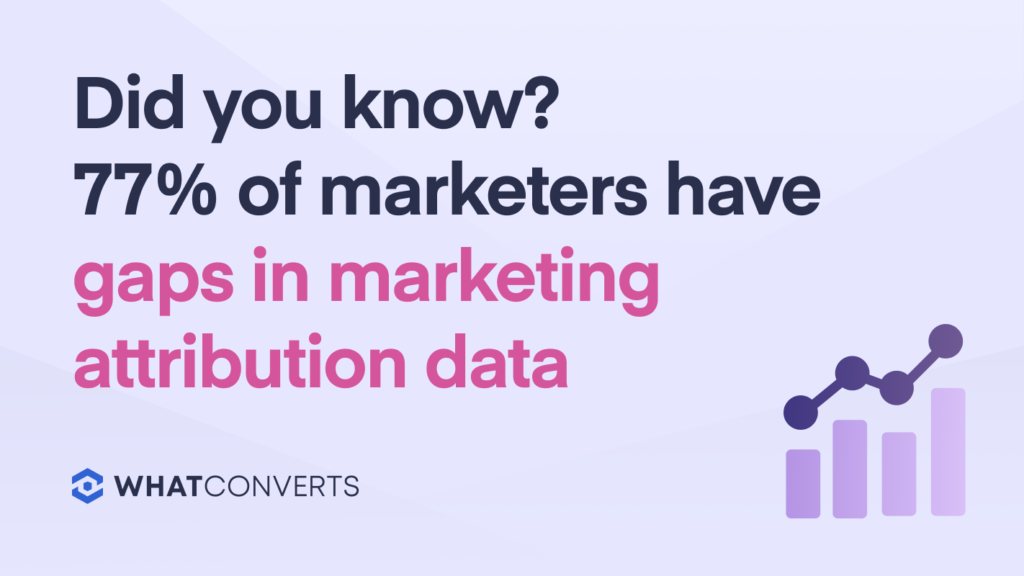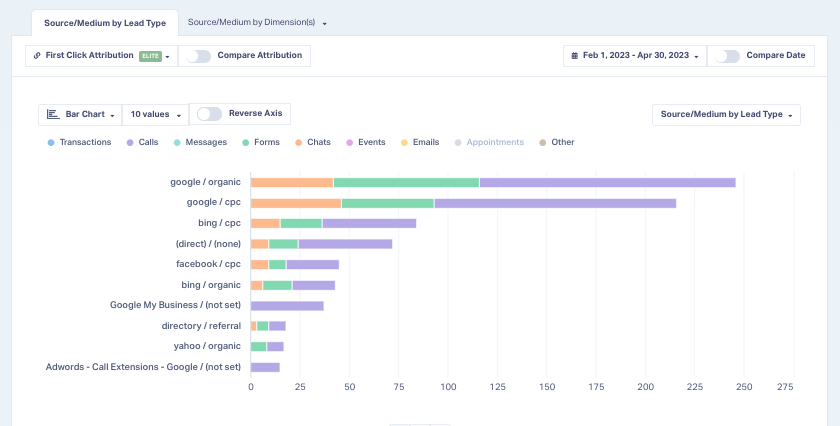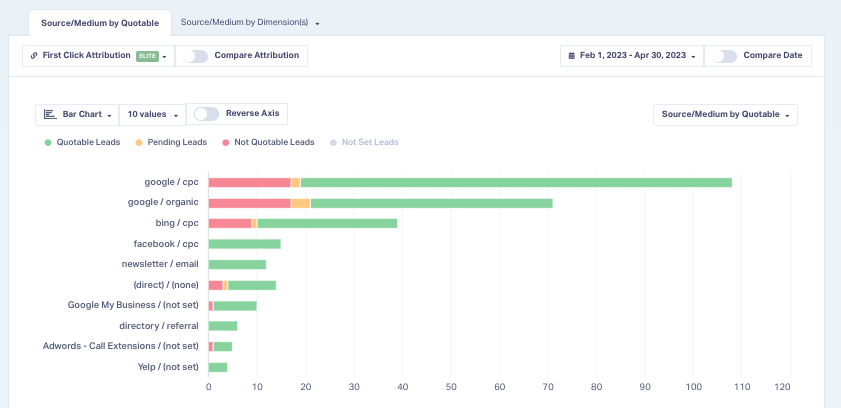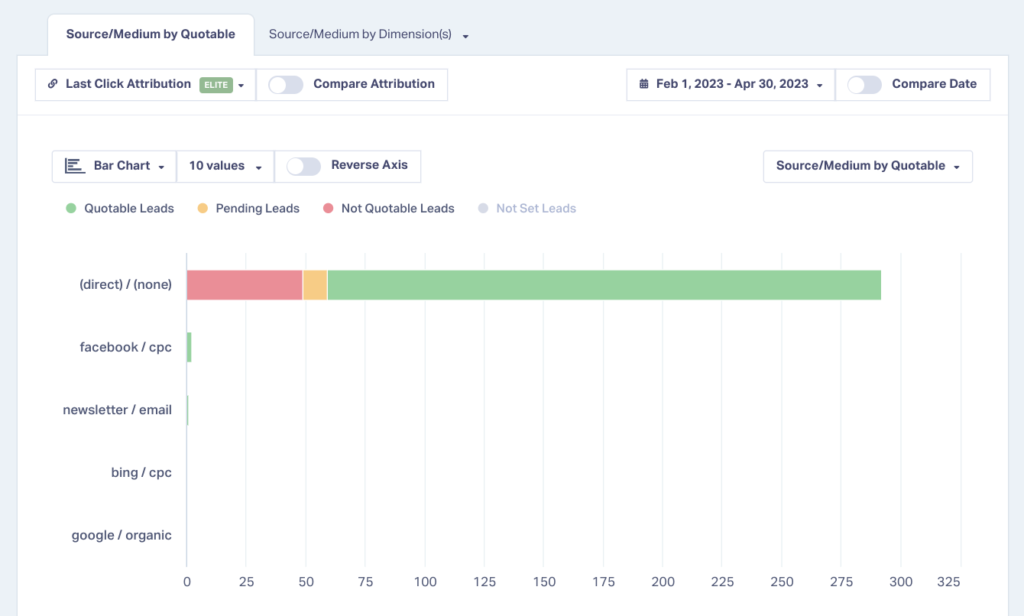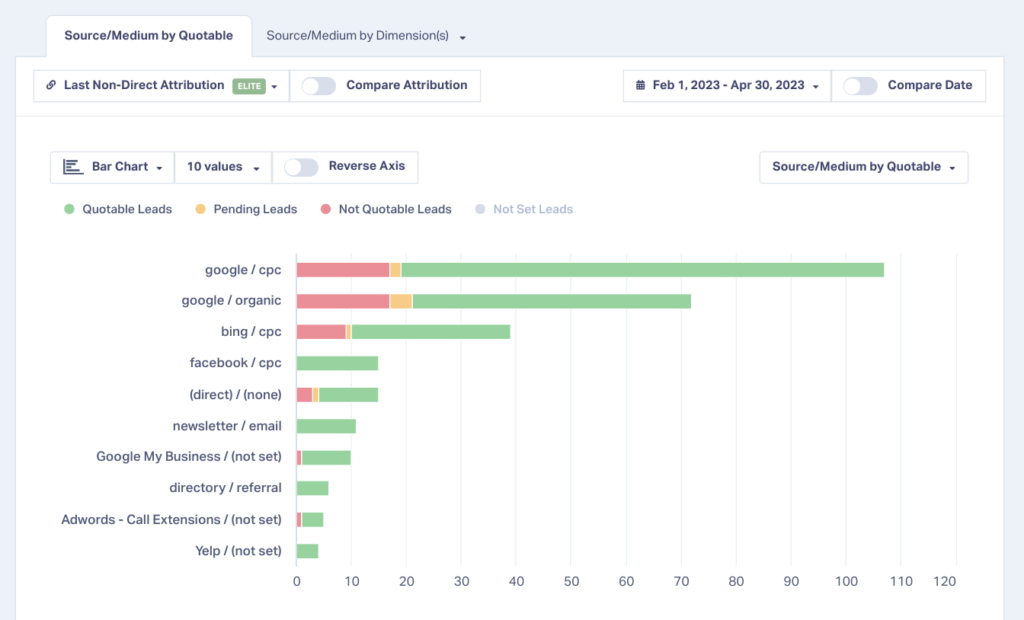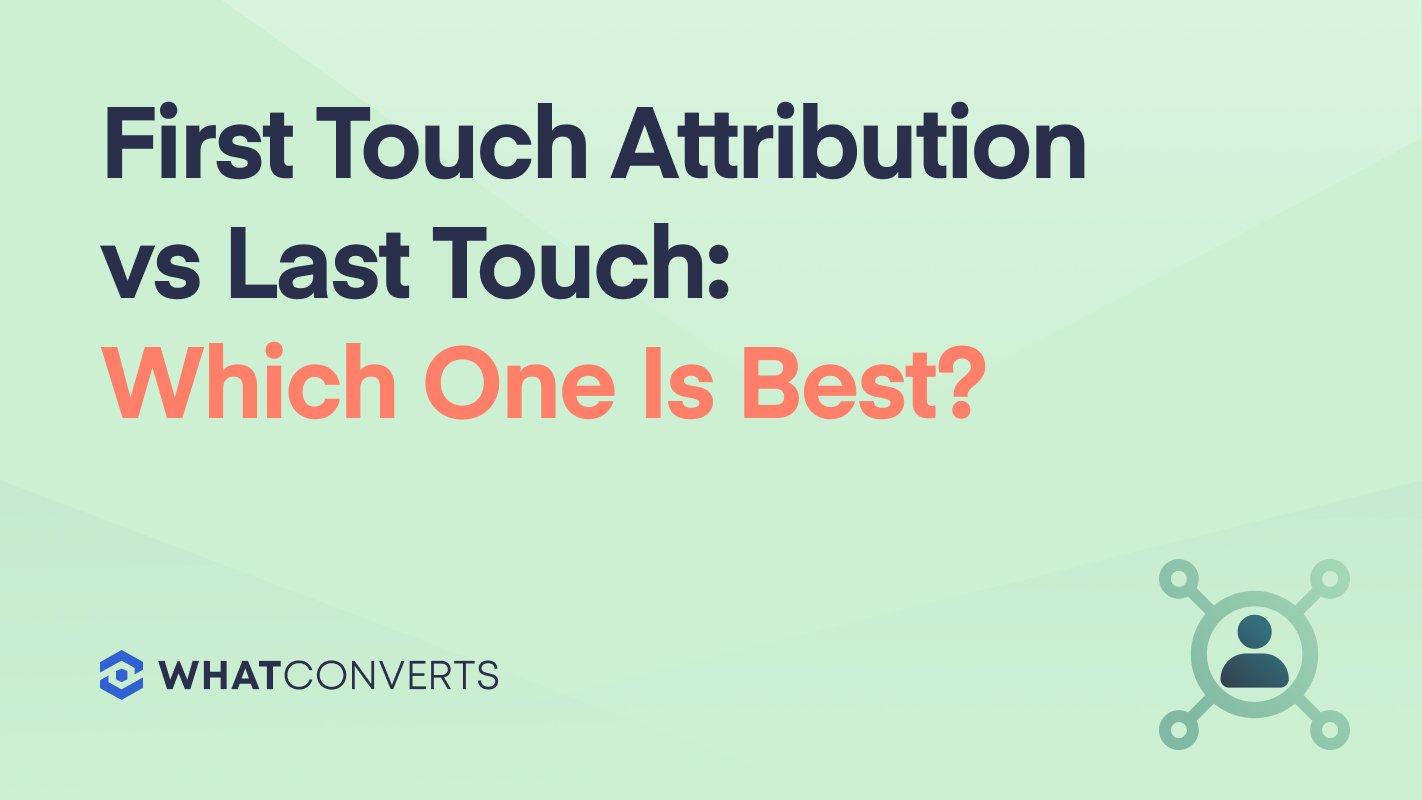
Your Google Ads campaigns are bringing in leads every day. Your organic search traffic is growing. Your social media presence is stronger than ever. But when a lead finally converts, which channel deserves the credit?
That's where the age-old debate between first touch and last touch attribution comes in. Do you give credit to the channel that first introduced your brand to the prospect? Or to the final touchpoint that drove the conversion?
The answer isn't always straightforward—and getting it wrong can lead to misallocated budgets and missed opportunities. In this guide, we'll break down everything you need to know about first touch vs. last touch attribution, help you choose the right approach for your business, and show you how to implement whichever model you choose.
What is First Touch Attribution?
First touch attribution is a model that gives credit to the very first marketing touchpoint a prospect interacts with before eventually becoming a lead. Think of it as tracking the "discovery moment"—that initial interaction that put your brand on someone's radar.
For example, let’s say a prospect searching for a new dentist:
- First discovers your practice through a local Facebook Ad about teeth whitening services (first touch)
- Three days later, clicks on your Google Ad when searching "best dentist near me"
- Visits your website twice to browse services and read reviews
- Finally converts by calling to schedule an appointment after seeing a special offer for new patients
With first touch attribution, that Facebook ad gets 100% of the credit for the conversion—even though the prospect interacted with multiple marketing touchpoints before converting. This helps you understand which channels are most effective at creating initial brand awareness.
First touch attribution is most valuable when:
- Building brand awareness is a key goal
- You're entering new markets
- You need to expand your prospect pool
- You're planning top-of-funnel marketing budgets
- You want to understand which channels drive initial discovery
How First Touch Attribution Works
First touch attribution relies on tracking codes and cookies to identify and store information about a prospect's first interaction with your brand. When implemented correctly, the system:
- Assigns a unique identifier to new visitors
- Records their first interaction source
- Maintains this data across multiple sessions
- Links the original source to eventual conversions
This tracking allows marketers to trace conversions back to their original discovery point, providing crucial insights about which channels excel at bringing new prospects into your funnel.
What is Last Touch Attribution?
Last touch attribution gives credit to the final marketing touchpoint that drives a conversion. It's like giving credit for a sale to the last person who spoke to the customer—even if five other people helped along the way. With this model, if a prospect interacts with multiple marketing channels before converting, only the final touchpoint gets credit.
In our earlier dental patient example, last touch attribution would give the credit for the sale to the ad with the special offer for new patients, since it’s what ultimately motivated the user to book an appointment.
Last touch attribution is most valuable when:
- Maximizing conversion rates is a key goal
- You're optimizing existing marketing channels
- You need to reduce cost per conversion
- You're planning bottom-of-funnel campaign budgets
- You want to understand which channels drive final decisions
How Last Touch Attribution Works
Functionally, last touch attribution is a bit more simplistic than first touch attribution. It simply:
- Identifies which marketing source drove the conversion
- Gives 100% of the credit to that source
- Ignores all previous interactions
Unlike more complex attribution models, last touch attribution doesn't need to track the entire customer journey. It only needs to know one thing: what marketing touchpoint immediately preceded the conversion.
This simplicity makes it easy to implement but means you might miss important insights about how prospects discover and engage with your brand before converting. For instance, in our dental example above, a Facebook Ad played a crucial role in initial discovery, but last touch attribution wouldn't capture that information.
First Touch vs. Last Touch: Which Should You Choose?
Better question: Why choose at all?
Asking whether you want to track first touch or last touch attribution is like asking which hand you’d like to keep free while the other is tied behind your back. Why are you tying either of your hands in the first place?
Neither model is inherently "better"—they answer different questions.
First Touch Attribution:
- Focuses on awareness and discovery
- Shows which channels bring new prospects into your funnel
- Ideal for brands focused on expanding market reach
- Helps optimize top-of-funnel marketing
Last Touch Attribution:
- Focuses on conversion and closing
- Shows which channels are best at driving final conversions
- Ideal for optimizing bottom-of-funnel campaigns
- Helps maximize conversion rates
Choosing between attribution models isn’t like choosing between enterprise and small business software tools—one isn’t more “right” for certain businesses than others. Every single marketing campaign owner will, at some point, benefit from both first touch and last touch attribution insights.
First Touch vs. Last Touch: Real-Life Examples
The best way to understand the value of first touch vs. last touch is to look at the specific insights they can provide in context. Let’s take a look at what we can learn by parsing our conversion data using different attribution models.
First-Click Conversions by Source
The first thing that most attribution platforms can do is to look at first touch conversions. You can use first touch conversions to evaluate which campaigns, ads, keywords, and channels are most effective at discovering new leads.
We can see here that Google paid and organic are our most valuable channels for generating first-click conversions. Bing Ads and Facebook Ads, on the other hand, are generating less than half of the conversions we’re getting from Google, so based on this report we would likely cut spend from these lower performers and reallocate it to Google.
WhatConverts offers a little more insight by allowing you to filter out conversions from unqualified leads and look at first-click conversions from valuable and qualified leads only.
This data tells a completely different story: while Google paid and organic are still our top performers for bringing in the highest number of quotable leads, those two channels are bringing in the most unqualified leads as well. Facebook Ads, on the other hand—the channel that our first report indicated was a low performer—is actually generating 100% of its first-click conversions from qualified leads.
If we had been making budget adjustments based on overall first-click conversions, we would have cut the budget for a channel that we should actually be doubling and tripling down on in order to reach legitimately qualified prospects.
Last-Click Conversions by Source
Now let’s look at the data from that same set of leads using the last-touch attribution model instead.
We can see that virtually all of our leads’ last interaction prior to becoming customers came from direct—in other words, they typed your website URL directly into the address bar instead of arriving via a marketing channel. That’s not uncommon; often prospects will decide to make a purchase a few hours or days before actually making it. When they log back on, they’ll start typing your company’s name and then hit enter when their browser autofills the URL of the last page they visited.
Unfortunately, that means we don’t get to see what marketing touchpoint actually drove those sales conversions. That’s why WhatConverts also offers an adjusted “Last Non-Direct Touch” attribution model, which lets you see the final touchpoint that drove your leads’ decision to convert—even if they returned to your site directly before they actually made the purchase.
Whereas last-click attribution shows us the source of the last touchpoint before a sale, this report shows us the source of the last marketing touchpoint before the sale. In this particular case, our last-touch conversions are almost identical to our first-touch conversions.
This tends to happen when businesses have very short sales cycles, where prospects make a purchase or book an appointment on their first visit. In other cases, businesses may simply have hit on a set of ads that are equally effective at converting leads to customers as they are at bringing in new prospects.
Track Both Attribution Models with WhatConverts
The real power lies in tracking both first touch and last touch attribution together. When you can see both how prospects discover your business and what ultimately drives them to convert, you get the complete picture of your marketing performance. This full-journey visibility helps you:
- Make smarter budget decisions across your marketing mix
- Optimize both awareness and conversion campaigns
- Understand the true value of each marketing channel
- Prove ROI for all your marketing efforts
- Stop wasting spend on ineffective channels
WhatConverts captures both first and last touch attribution data automatically, giving you instant access to the insights you need to make better marketing decisions. Plus, with our lead tracking capabilities, you can connect attribution data directly to lead quality and value—something traditional analytics tools can't provide.
Ready to get complete visibility into your marketing performance? Start your free 14-day trial of WhatConverts today, or schedule a live 30-minute demo today.
Get a FREE presentation of WhatConverts
One of our marketing experts will give you a full presentation of how WhatConverts can help you grow your business.
Schedule a Demo
Grow your business with WhatConverts






